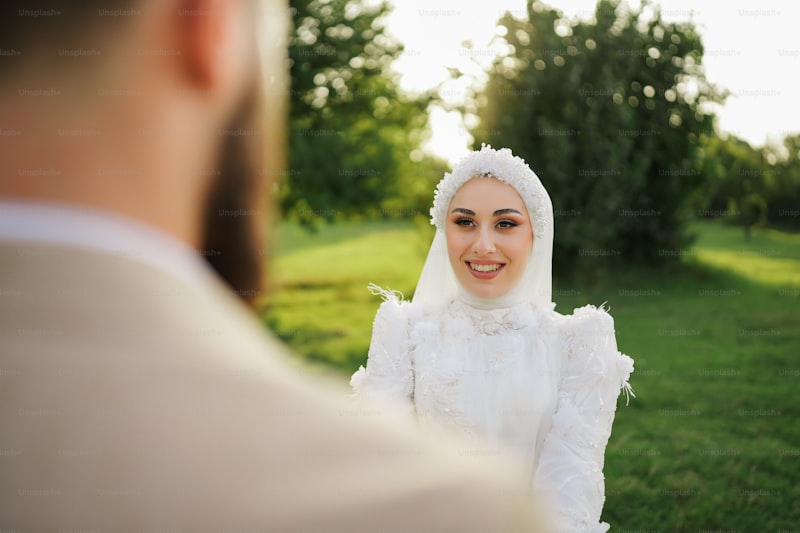Exploring Cross-Cultural Wedding Themes: A Beautiful Fusion of Traditions
Weddings are a celebration of love, and they vary tremendously across different cultures, languages, and traditions. Cross-cultural wedding themes have gained popularity as couples from diverse backgrounds come together to create a unique and memorable wedding experience. This article delves into the enchanting world of cross-cultural weddings, providing insights into popular themes, ideas for planning, and tips to honor both cultures while creating a beautiful and cohesive celebration.
Understanding Cross-Cultural Weddings
Cross-cultural weddings symbolize the union of not only two individuals but also their families and traditions. These weddings encompass various cultural elements, including attire, rituals, food, and music. For couples who are looking for a way to honor their heritages while also merging them harmoniously, choosing a cross-cultural theme can provide the perfect backdrop for their special day.
Popular Cross-Cultural Wedding Themes
There are countless ways to blend cultural elements in a wedding. Here are some popular cross-cultural wedding themes:
| Theme | Description |
| Fusion Cuisine | Bringing together culinary delights from both cultures, offering a diverse and flavorful menu. |
| Traditional Attire | Wearing a mix of traditional garments from both cultures, often creating visually stunning ensembles. |
| Ritual Blending | Incorporating key rituals or ceremonies from each culture, ensuring both families feel represented. |
| Music and Dance | Combining traditional music and dance styles to create a lively and joyful atmosphere. |
| Decor and Aesthetics | Utilizing symbols, colors, and artistic designs from both cultures in the decor to create a cohesive look. |
Planning a Cross-Cultural Wedding
Planning a cross-cultural wedding requires thoughtful consideration and open communication between partners and their families. Here are some tips to guide you through the process:
1. Open Dialogue
It’s essential for couples to have an open and honest discussion about their cultural backgrounds, traditions, and preferences. This ensures that both partners feel valued and respected throughout the planning process.
2. Research Traditions
Spend time researching the various wedding traditions of both cultures. This knowledge will not only help you understand the significance of certain rituals but also assist in selecting which ones to incorporate into your wedding.
3. Create a Unified Vision
Work together to develop a wedding vision that reflects both cultures. This vision will guide your choices—be it decor, menu items, or entertainment—allowing for a blend that resonates with both families.
4. Attend Workshops and Classes
Consider attending workshops or classes that focus on the respective cultures' traditions, such as cooking classes or dance lessons. Not only will this deepen your connection to the culture, but it will also be enjoyable for you both.
5. Involve Family Members
Don’t hesitate to involve family members, especially elders, who can provide invaluable insights and perspectives on cultural traditions and practices. Their involvement can also enhance the wedding's authenticity.
Incorporating Key Elements
While planning a cross-cultural wedding, it’s crucial to blend elements effectively without overshadowing either culture. Here are some ways to do that:
Attire
Couples often opt for fusion outfits that reflect both cultural styles. For example, a bride might wear a traditional dress from one culture while incorporating embroidery or colors from her partner's culture. Groom's attire can follow suit with similar blending. The goal is to represent both heritages beautifully.
Rituals and Ceremonies
Incorporate meaningful rituals from both cultures in a way that honors each tradition. You could design the ceremony to feature a segment from one culture followed by a segment from the other, creating a seamless flow that respects both backgrounds.
Food and Catering
Food is a fundamental aspect of any wedding celebration. A cross-cultural wedding can feature a fusion menu with signature dishes from both parties. You might consider offering traditional foods from one culture during the appetizers and desserts but transition to the other culture's delicacies for the main course. This approach makes culinary exploration a part of the experience.
Entertainment
Choose music and entertainment options that highlight both cultures. This could mean hiring a multicultural band or including cultural dance groups to perform traditional dances. It’s a fantastic way to engage guests and celebrate the union culturally and joyfully.

Final Thoughts and Recommendations
Cross-cultural weddings are a beautiful expression of love that transcends cultural boundaries. The blend of traditions creates a unique and meaningful experience that honors both families and their histories. As you embark on your journey to create a memorable event, keep in mind the importance of respect, inclusivity, and representation of both cultures. Focus on communication and collaboration throughout the planning process to ensure a harmonious celebration.
In conclusion, planning a cross-cultural wedding is not only about tying the knot but also about creating a bridge between two cultures. The recipes are different, but love is universal. Embrace your unique backgrounds, celebrate your love story, and enjoy the journey of planning a wedding that reflects both of your heritages. Should you need further advice on specific traditions or concepts, remember that every detail can be personalized to cater uniquely to your story, fostering memories that last a lifetime.